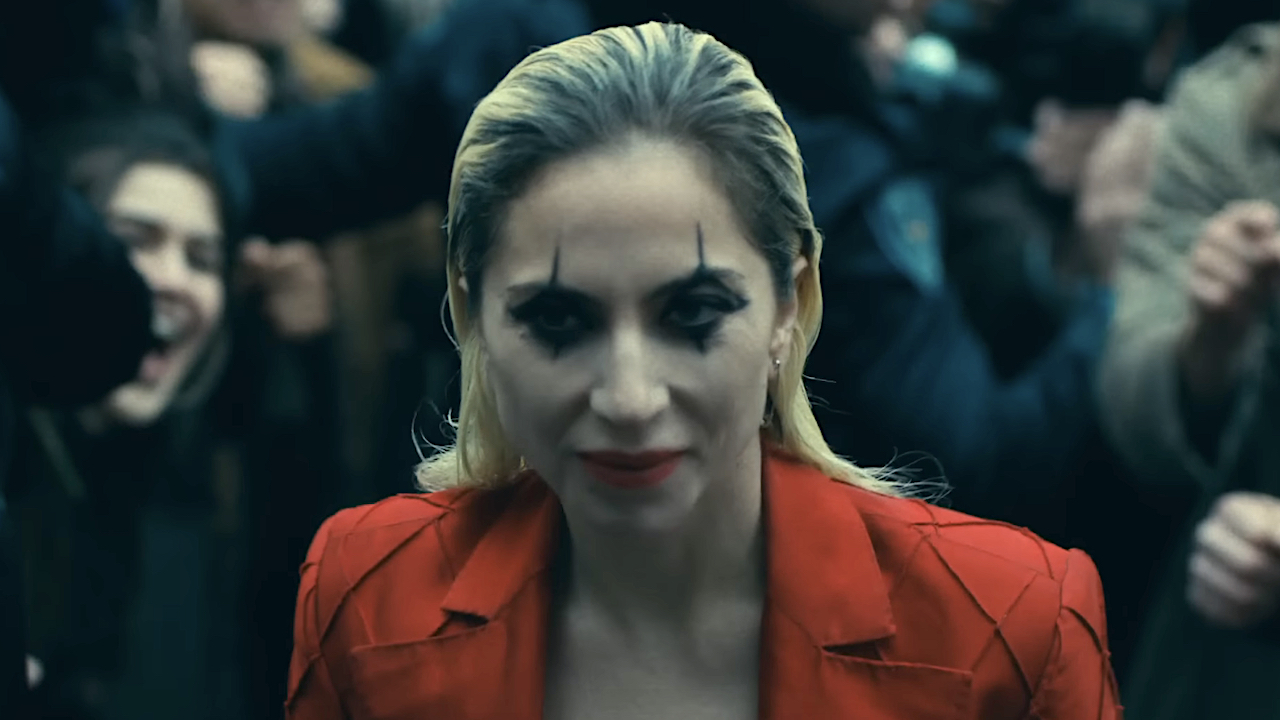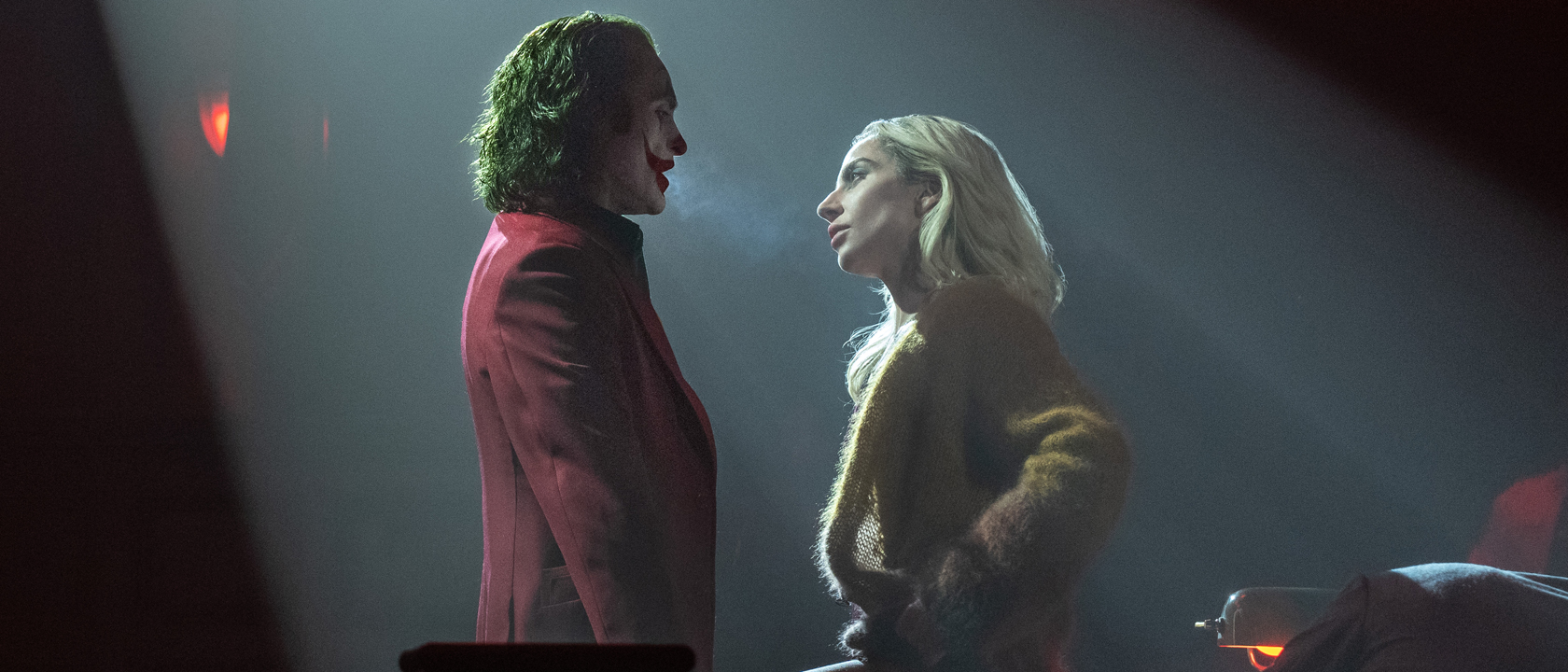Director Todd Phillips took some big swings with Joker. Yes, the film centers on one of the best and most notorious pop culture villains of all time (and it’s a role that earned Heath Ledger an Academy Award), but it was a gamble that asked audiences to accept its extreme grimness and a bleak character study that doesn’t prioritize anything that remotely resembles that is familiar as “comic book movie entertainment.”

Release Date: October 4, 2024
Directed By: Todd Phillips
Written By: Todd Phillips and Scott Silver
Starring: Joaquin Phoenix, Lady Gaga, Brendan Gleeson, Catherine Keener, and Zazie Beetz
Rating: R for some strong violence, language throughout, some sexuality, and brief full nudity
Runtime: 138 minutes
MORE: Joker: Folie à Deux: Release Date, Trailer, Cast And Other Things We Know
Phillips was right to test the hunger for the style and approach, as the 2019 release was an immense success in multiple respects: the director found a phenomenal collaborator in Joaquin Phoenix, it’s a gripping and impactful drama that is hard to shake from one’s mind, and it spent years as the highest grossing R-rated release of all time.
To the credit of Joker: Folie À Deux, the five-years-later sequel, the big swings certainly continue. The familiar unpleasant atmosphere is back in full force, it is very much a musical (undeniably a shocking genre choice), and there is an evident meta commentary in Todd Phillips and Scott Silver’s screenplay that takes a surprising look at the audience’s reception of the previous chapter. The big difference this time out, however, is that some of those big swings end up being overswings that eclipse the movie’s best qualities.
Joker: Folie À Deux is only 16 minutes longer than its predecessor, but you really end up feeling that time thanks to the mix of unrelenting heavy vibes and cruelty, the minimalist approach to plot, and what is ultimately an overindulgent number of musical sequences. The dismal and horrific tale of Arthur Fleck remains compelling, the character once again brought to life with a chaotic and emotional turn by Joaquin Phoenix, and he’s provided a great scene partner in Lady Gaga’s Harley Quinn – what proves to be an intriguing interpretation of the quirky villainess. But languid pacing renders the film thin, and the impact of its smart, shocking finale is dampened by the journey to get there.
The film catches up with Arthur Fleck as he lives life locked up Arkham Asylum awaiting trial for the murder of five people – including the on-air killing of talk show host Murray Franklin. While Gotham District Attorney Harvey Dent (Harry Lawtey) puts together a case against him, Arthur’s lawyer, Maryanne Stewart (Catherine Keener), builds a defense around the idea that “Joker” is a dissociative identity and hopes to get him acquitted of charges with an insanity plea.
Under the eyes of a brutish guard (Brendan Gleeson) who trades him cigarettes in exchange for a joke a day, Arthur is a model patient, and it earns him the opportunity to make visits to the minimum security ward and participate in organized singing classes. It’s in these sessions that he gets to know fellow patient Lee Quinzel – who he instantly falls in love with – and amid a public movement of support, he is encouraged to embrace his dark clown persona.
Joker: Folie À Deux is made up of impressive pieces that don’t quite come together as a whole.
Todd Phillips and Joaquin Phoenix notably left their time making Joker not wanting to leave the world behind, and to their credit, Joker: Folie À Deux in no way feels superfluous or like a victory lap. In fact, it’s a bit of the opposite, as there is a read of the film as critical riposte to the most intense and rapturous reactions to the first movie. This is represented not just through the throng of sign-sporting Arthur supporters who protest on the killer’s behalf while court is in session, but particularly through the intense presence of Harley Quinn – a fan-favorite character now ubiquitous in pop culture played by a beloved superstar whose presence in the story is to coax and stoke her sick lover’s wickedest inclinations.
The collaboration between Phillips and cinematographer Lawrence Sher again produces intense aesthetics that instantly remind you of this world’s mood from the very first shot –Arkham Asylum guards escorting patients from their cells through dimness and dankness so they can dump the contents of their waste buckets into a sink – though this hopelessness is eventually contrasted by sharp and colorful spotlight duets with Arthur and Lee singing classics together (in the protagonist’s mind, of course).
Once again there is some crafty editing at play, with notable details not lining up shot-to-shot in Jeff Groth’s assembly, and there are certain developments that end up raising a lot of logical red flags – echoing its predecessor’s ability to make you question the authenticity of what’s on screen. This coating of fantasy again adds a touch of slyness to the big screen proceedings, but it also makes moments of actual reality hit particularly hard (be ready for scene-stealing turns from Zazie Beetz and Leigh Gill, who reprise their roles from Joker as witnesses in Arthur’s trial.
There are some terrific elements and pieces in Joker: Folie À Deux – but they’re overcooked.
Todd Phillips doubling down on what made Joker great doesn’t totally work.
Because of Joker’s novelties (no pun intended), the brutal, Scorsese-esque vision of Gotham was in its own way refreshing, and the way in which the 2019 film swallows you up in its world is impressive… but much like how one probably wouldn’t want to take a vacation to such a place twice, the second visit lacks any of the charms and just provides the oppressiveness. In fact, it’s even more oppressive given that Arthur spends the vast majority of the film being shuttled between an asylum where he is surrounded by lunatics and abusive guards and the courtroom where proceedings will determine whether or not he will receive the death penalty for his crimes.
The repetition and the dreariness takes a toll on the audience – and regular diversions from the story for musical numbers playing out in Arthur’s head don’t pace things up. There is no denying the gifts of Lady Gaga, and one can respect the film trying to get the most out of her abilities, but there are just too many return trips to the same well-dressed well (and there is also the simple fact that while is performances are ambitious, Phoenix is very obviously not on his co-star’s level melodically, hurting the aural experience).
There is a clear artistic vision both employed and concluded in Joker: Folie À Deux, which gives it a level of merit even though Joker exists perfectly well as a standalone movie. It’s an expansion of the character study that offers some real surprises, but it also harvests a blend of misery and monotony, and on a certain level, it’s a victim of familiarity breeding contempt. With longer consideration and study, its best qualities may leave it with a positive legacy, but it’s a tough film to sit through.

